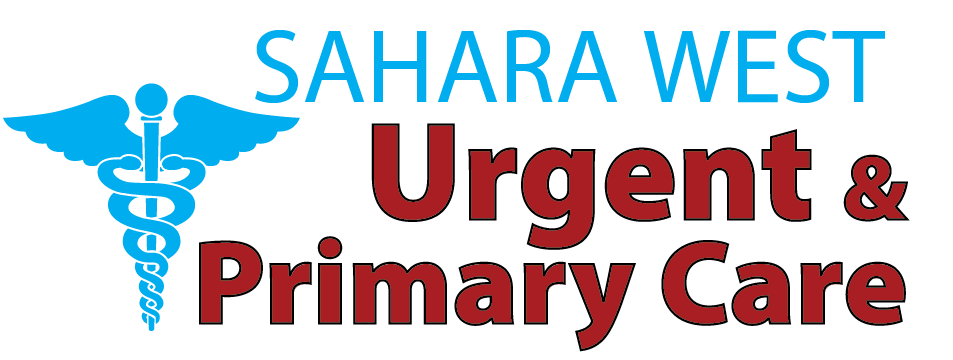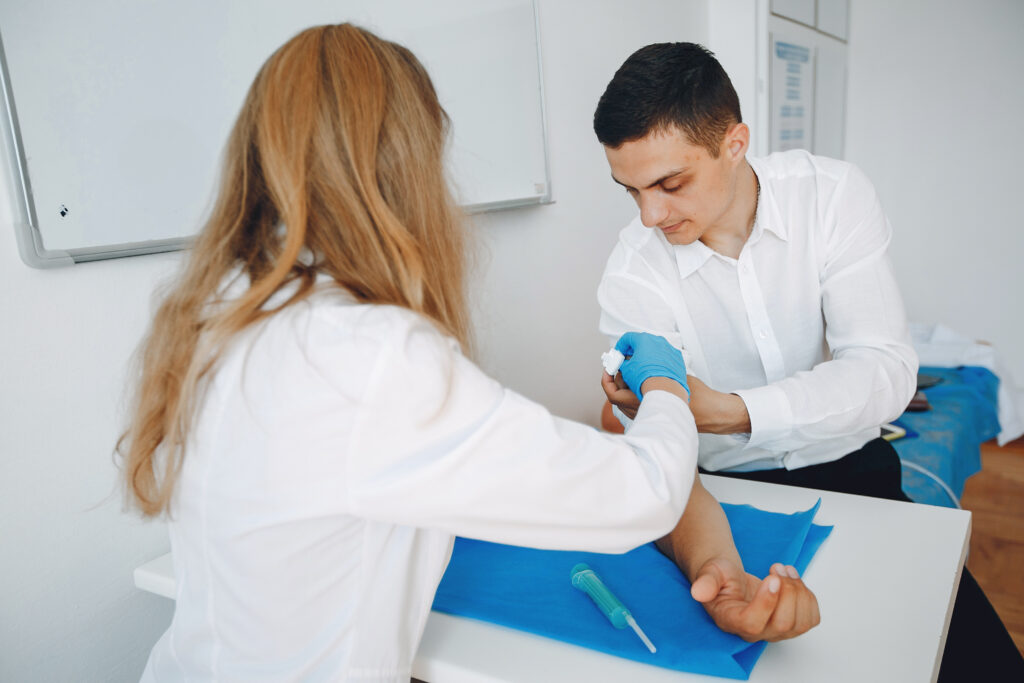Any of us has experienced that–a mishap in the kitchen, a jagged edge, a shattered glass or a terrible fall. Wounds are very common and not all are as trivial as they appear. There are cases when even skin break, which seems to be harmless, may become a serious drawback. How then can you tell whether such a cut requires professional medical attention, and how can you manage to treat your skin injury comfortably at home?
This guide offers straightforward, medically accurate information aimed at getting you to make the right call. It also describes the symptoms of an infection, the possibility of further damage it can cause, and how neat wound care can determine the difference between fast healing and lifelong complications.
Understanding the Different Types of Cuts
Cuts are not made equal. The nature of the wound you have also determines considerably whether you would require medical attention or not.
Light scratches and abrasions normally only penetrate the superficial portion of the skin and begin to bleed within a short period. These are normally not serious enough to need medical attention and can be handled with first aid in the house.
Lacerations, on the other hand, are more serious with a deeper cut that can cut through the skin, muscle, or, in some cases, tendons as well. Their edges tend to become jagged, hemorrhage more, and might cause irreparable harm should they not be treated.
Puncture wounds, which include stepping on a nail or being pricked with a sharp object, can be insignificant since the cut can appear nonsignificant since there is not much bleeding. However, such injuries may push the bacteria into the skin depth, and the risk of getting infected or contracting tetanus is high.
Avulsions are medical emergencies in which skin or tissue is ripped off in the form of a piece. They normally entail excessive bleeding and need emergency wound sealing and perhaps rebuilding.
The first step of determining whether there is a need to seek medical assistance is an understanding of what kind of wound you have.
Signs That a Cut Needs Immediate Medical Attention
Otherwise, there are also cases when it is obvious that the cut is not home-treatable. Being aware of the red flags can save you from trouble in the future.
Any cut that exposes underlying tissue, whether that be fat, muscle, or even bone, then by all means, get yourself to a doctor (especially if this type of cut is notorious in your family). Injuries such as these may necessitate stitching or surgical treatment to get cured completely without any backlash or infection.
The other danger signal is bleeding that fails to stop within 10 minutes under constant pressure. When the blood drains out or permeates through the dressing , each time, this could be a damaged blood vessel or artery.
Look out also for jagged or gaping edges. Cutting does not allow room to repair itself, and therefore any cuts that are not straight or that resemble straight and clean lines are likely to open and could even develop incorrectly unless sutured or glued in some way.
In a dirty wound or one with a foreign object (such as glass, splinters, or metal), you must never be tempted to do the job yourself. It can do further harm or force the object deeper in. Professionals in the field of medicine are in a position to deal with such injuries safely.
Recognizing the Early Signs of Infection
A cut as tiny as, say, 1mm can become severe once it gets infected. It is important to observe the wound during the first days and be assertive in case you detect any unusual occurrence.
When the redness surrounding the cut begins to spread instead of going down in size, it would be an indication of spreading infection. Likewise, when the region becomes progressively cooler, painful, or swollen, or begins to ooze pus, then one should look to seek medical care.
Systemic responses such as fever, chills, fatigue, or swollen lymph nodes also may occur as a result of infections. These are an indication that the infection is no longer local, but it may be affecting your whole body.
Without being treated, an ordinary wound infection may progress to cellulitis or sepsis, which are medical emergencies. Do not delay in the aggravation of these symptoms.
Why the Location of the Cut Matters
The location of a wound on your body is important in defining the severity of the wound and the extent of care needed.
Facial lacerations tend to scar easily and, in many cases, require fine-tuning of the actual way the laceration is sewn up so that a normal healing process can take place. These cuts are also very prone to excessive bleeding, especially since facial tissue has a lot of blood supply. Although the injury can appear to be insignificant, a facial cut must be assessed by professionals.
Also worrying are injuries to joints (or parts that move a lot, such as the knuckles, knees, elbows, or the soles of the feet). When a person moves, it may open and close the wound as we make it open and close repeatedly, which predisposes them to infection or delayed healing.
Any cuts on sensitive parts of the body, like around the eyes, around the mouth, or in the genitals, whatever the size, should be treated medically. Such areas have the risk of complications and are more difficult in terms of home safety.
Tetanus Risk and When to Get a Booster Shot
In a case where the cause of your cut was unclean, rusted, or contaminated, you might be in danger of getting tetanus, a deadly bacterial infection that can afflict the nervous system.
The tetanus spores occur in soils, dust, and the feces of animals. High-risk wounds include puncture and deep cuts of the skin, and in particular those associated with nails, knives, or any tool.
You might require a new shot when your last tetanus occurred over five years ago, and you have been involved in a deep or dirty wound. It is better to consult the assistance of a medical worker in case of uncertainty.
Animal or Human Bites Require Professional Care
Bite wounds are highly prone to getting infections, whether it is a dog, cat, or even a human. These types of injury tend to put bacteria directly into the tissue, which may lead to severe complications such as cellulitis or abscess.
Also, animal bites can lead to episodes of rabies or hepatitis in some cases, depending on the region and animal involved. Even in case the bite does not damage your skin too deeply, you should consult a doctor.
Medics can prescribe medicines to people and give rabies or tetanus booster shots in case of necessity.
Wounds That Refuse to Heal
When a cut fails to heal after several days or the scab keeps peeling off and opening up repeatedly also a red flag. Your body might not be able to seal the wound because it is infected, has inefficient blood flow, or has a health issue such as diabetes.
In cases where the healing process halts, then a medical analysis should be done to avoid recurrence of the wound or appearance of scarring or even deeper tissue injuries.
Safe First Aid Steps for Treating Cuts at Home
In case of a minor wound that does not display any signs of complications, appropriate home care is typically sufficient.
First, you should always wash your hands well and then touch the wound. Put light pressure on the wound using a clean cloth until the bleeding is stopped. When the bleeding does not stop within 10 minutes, consult medical help.
Then, wash the cut off with cool, clean water. Do not use substances such as hydrogen peroxide or alcohol, as they destroy healthy tissue. Do this with gentle soap on the wound instead, and wash.
Apply an antibiotic ointment in a very thin layer and cover the bandage with sterile dressing material. Change dressing after every 24 hours, when the dressing is soiled or wet. Pay attention to your appearance daily.
Common Mistakes People Make with Cuts
Among the most harmful legends, there is the idea that a wound should breathe to heal. An open wound tends to become dry, split, and prone to infection. Humid dressing conditions induce better wound healing and minimize scar.
The other error is the premature removal of a scab. The scab is the natural seal of your body, and by taking it off, you may cause rebleeding or infection and scarring without need.
At all times, avoid suturing or gluing a cut at home, and do not self-prescribe antibiotics. A professional should always deal with them.
Medical Treatment Options for Severe Cuts
Many instruments can assist the healing process of wounds, such as stitches or surgical glue, as well as steri-strips or staples.
In deep or extensive wounds, the most popular are stitches. They hold the skin in unity, minimize the blood loss, and decrease the chances of infection. Clean shallow cuts can be treated with medical glue and do not need to be dressed because it dries quickly.
Butterfly closures or Steri-strips: small, straight injuries call for these closures, which could help keep the edges of the skin closed through the healing process.
Medical closure aims to aid the shortest healing period, limit infection risk, and produce a good cosmetic result.
How to Prevent Scarring After a Cut
With proper care at the early stages, minimizing visible scarring can be achieved. Make sure the wound is moist and covered, exposed to UV, and don’t touch scabs or healing skin.
Once the wound heals, silicone gel sheets or other scar creams may help the scar to fade. So, if it is raised scar or pain-driven, see a dermatologist to get treatment advice.
When to Go to the Emergency Room
Immediately see a doctor when you get a wound that shows a blood spray signifying the potential harm to arteries or in areas where it is on the neck, chest, or core organs.
Numbness or tingling, loss of capability to move part of the body, or a wound due to violent impact or crushing injury are other danger signs to look out.
Final Thoughts
Cuts are common, but they’re not all the same. The difference between a quick recovery and a medical complication often comes down to how quickly and accurately you assess the wound. When in doubt, don’t guess. Knowing how to know if a cut needs professional medical care is an essential skill that can protect your health and prevent long-term problems. If you’re unsure whether a wound requires stitches or more advanced care, seeking expert help for Laceration Repairs in Las Vegas NV can make all the difference.
If you’re uncertain about a cut or wound, it’s always safer to consult a medical professional than to risk infection, poor healing, or worse. To schedule your appointment with the highest standard of care, visit Sahara West Urgent Care on our website, where you can also explore more informative blogs.
Faqs
What if a cut looks minor but is very painful?
Pain doesn’t always reflect severity. Deep nerve involvement can make even small cuts feel intense. If in doubt, get it checked.
How long should I keep a cut covered?
Until it’s fully healed and no longer oozing. Most minor cuts can be covered after 3–5 days, but deeper ones may take longer.
Can I superglue a cut shut at home?
No. Household glues aren’t sterile and can cause irritation or trap bacteria. Medical-grade adhesives should only be used by professionals.
How soon should I seek care for an infected wound?
At the first sign of infection—redness, pus, swelling, or fever—you should see a doctor. Early treatment is key.
What should be in my first aid kit for cuts?
Include sterile gauze, adhesive bandages, antibiotic ointment, tweezers, gloves, and antiseptic wipes. Replace expired items regularly.





